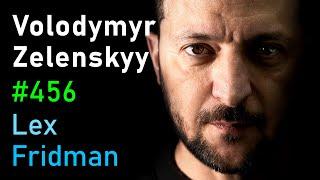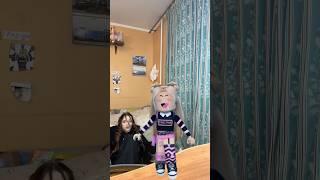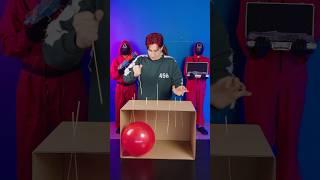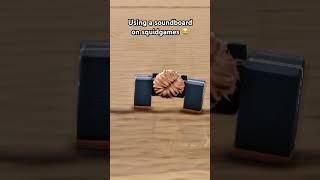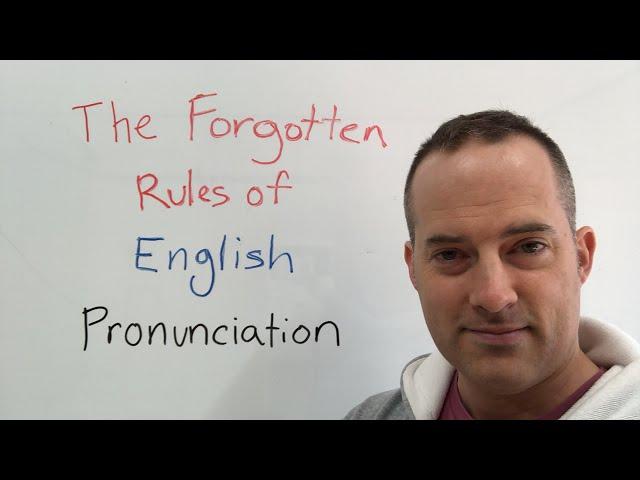
The Forgotten Rules Of English Pronunciation - The 44 Sounds Of English
Комментарии:

Thanks Drew!
Ответить
I Miss that live again 🥺
Ответить
I want some pie :)
Ответить
😱😱😱Were you liiive??? I didn't get the notification!!! ☹️☹️☹️
Ответить
I have 5 years watching your videos dreaming about to go visiting USA. I just hope it happen soon 🔜
Ответить
Thanks for your job, but very silent sound.
Ответить
The sound is OK for me, and NO, you don't talk too much! The more we listen to you, the more confidence we gain. And I could do it for hours on end...because it's a good way to get used to the language and finally dare to speak too.🤗 OMG there are a lot of exceptions in the rules, but now I don’t worry because I know I'm on the right track, with the best guide ever! 😁
Ответить
Sound quality is poor this time and uneasy to listen properly
Ответить
There are actually only 34 phonemes in the English language and one glottal stop. You must be including diphthongs. The English alphabet is an unfinished Clown joke and that's what makes your course important for students, but it's a shame that anyone has to learn English this way. I've moved on. I made a 35 letter phonemic revised and completed version of the English alphabet. Children should learn this alphabet starting at about 3 years of age because it assigns a unique letter to each speech sound. They just finished learning how to speak all of the speech sounds, so it's natural to learn the characters that represent each speech sound. If we spelled words phonetically, 'dirt' would be spelled 'drt'. /R/ is a vowel regardless of how hard we try to use it as a consonant. 'cat' is properly spelled 'kat' because we would use only ONE letter per speech sound. 'Quaint' would be spelled 'kweεnt' (notice that the long /A/ diphthong sound has a letter representing each of it's constituent parts, a short /e/ followed by a long /e/.) It's too much to cover in a comment but it's the future.
Ответить
Actually, speech is not a series of discrete phonemes, but a continuous modulated flow of vocalized sound.
What we produce in speech is a continuous flow of modulated frequencies. You get a notion of how this sounds when you play speech backwards.
It is in truth, the listener, who superimposes his/her own template (expectancies) of phonemes on perceived running speech, that turns the continuous flow
into apparent sequences of discrete phonemes.
That's one of the factors that makes foreign languages so difficult to learn for adults.

Hi teacher.
Ответить
Thank you a lot. You are teaching so many things.
Ответить
How they pronounce river
Ответить
❤
Ответить
Love From Bangladesh 🇧🇩 sir
Ответить
















